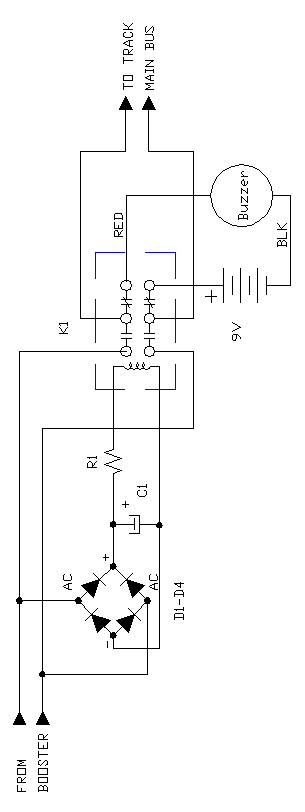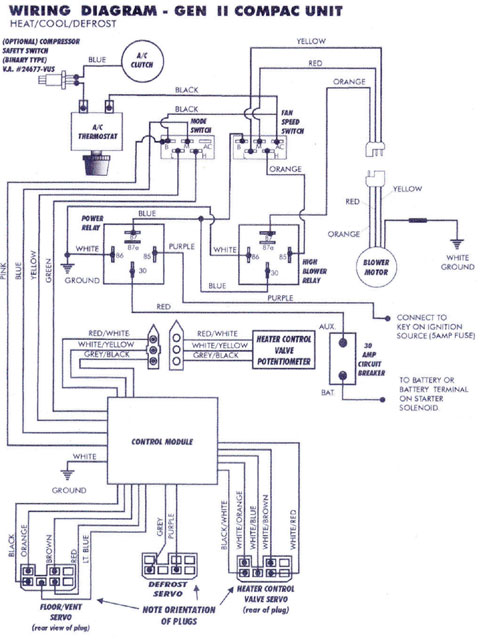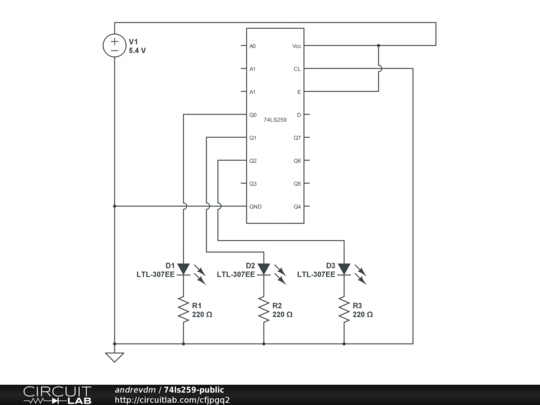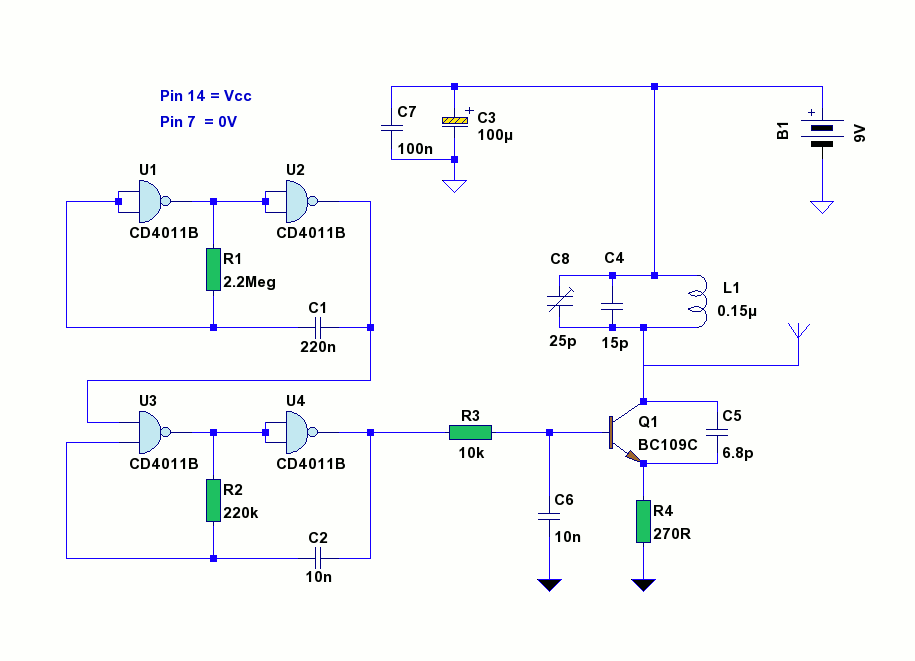
Track Wiring

There are several sections on this website that provide information about track wiring. Part I discusses general wiring information, testing, and troubleshooting, while Part II details the actual wiring of the track. The menu on the right will guide you to the appropriate section. Connecting your track to your booster is addressed in the Booster Network Wiring section. Wiring for turnouts is also covered separately. It is advisable to familiarize oneself with all these sections, as they have been expanded to include frequently asked questions from the DCC Q&A forum. Additionally, the section on track and wire resistance may be of interest. These are inexpensive devices that can save time and frustration. It is recommended to use one color to mark rail "A", another color to indicate a wired section of track, and a third color to signal a problematic rail switch to the maintenance crew. The use of light bulbs for current limiting has been a practice long before the current generation. The concept of utilizing car taillight bulbs in model trains was inspired by earlier publications. After testing, it was found that the low-cost #1156 bulb was the most effective choice. Although the author expected limited impact from sharing these findings, the topic has generated considerable interest and inquiries online. The use of taillight bulbs serves as a cost-effective means to limit current during shorts, which can occur from derailments or misaligned wheel sets. When bulbs are employed to power a sub bus, only that specific section is affected, allowing other trains on the same booster to continue operating. The illumination from the bulb also aids in quickly identifying the location of a short. A light bulb has low resistance when cool, allowing trains to receive nearly full voltage. When a short occurs, the increased current causes the bulb to light up. As the bulb heats up, its resistance increases due to the positive temperature coefficient, which limits the current flowing to the short. Once the short is resolved, the bulb cools, returning to low resistance and allowing the train to operate again. This website does not discourage the purchase of circuit breakers; however, bulbs are significantly less expensive, allowing for more units to be used and facilitating the subdivision of layouts into smaller electrical sections for quicker short localization. It is important to note that while bulbs can limit current, they are not a substitute for circuit breakers.
The circuit described involves the implementation of light bulbs as current-limiting devices in model railway layouts. This approach utilizes the properties of incandescent bulbs, specifically the #1156 taillight bulb, which has been identified as optimal for this application due to its low cost and effective performance.
The circuit operates by connecting the bulbs in series with the track or sub bus. Under normal operating conditions, the bulbs remain off, presenting minimal resistance and allowing trains to operate at full voltage. In the event of a short circuit, which may arise from a derailment or mechanical misalignment, the increased current flow through the bulb causes it to illuminate. The illumination indicates the location of the fault and serves as a visual cue for operators.
As the bulb heats up, its internal resistance increases due to the positive temperature coefficient characteristic of the filament material. This increased resistance limits the current flowing to the short circuit, effectively protecting the layout from potential damage. Once the fault is cleared, the bulb cools down, reducing its resistance and restoring normal operation to the affected trains.
To implement this system effectively, it is advisable to color-code the wiring for clarity. For instance, one color can denote rail "A", another for indicating wired sections of track, and a third for signaling problematic switches. This systematic approach aids in maintenance and troubleshooting.
In conclusion, while the use of bulbs offers a practical and economical solution for current limiting, it should be noted that this method does not replace the need for circuit breakers. Instead, it provides an additional layer of protection and facilitates the management of electrical faults within model railway systems.There are several sections in this website that you should read regarding track wiring. This section on track wiring, Part I, covers general wiring information, testing, and troubleshooting. Part II contains the actual wiring of track. The menu to the right will automatically take you to the right section. Connecting your track to your booster is covered in Booster Network Wiring. Wiring your turnouts also has its own section. Be sure to become familiar with all these sections. They have recently been expanded to cover topics that are frequently asked on the DCC Q&A forum. Finally, you may find the section on track and wire resistance interesting. These are cheap, sanity saving devices. Use one color to mark rail "A". Use another color to indicate that a section of track has been wired. Use another to indicate a problem rail switch to the track gang. The use of light bulbs to limit current has been occurring long before I was born. Heck, even the use of car taillight bulbs in model trains wasn`t my idea. Since the bulbs I saw in an old Model Railroader were all obsolete, I ran tests and determined that the very low cost #1156 was the optimal choice. Other than publishing my findings here in my web page, I would have expected this to be the extent of my contribution to the hobby on this topic.
Instead, I`ve not only evidently sold tons of bulbs ” with not a bit of thanks from the bulb manufacturers! ” but the topic continues to generate a ton of email on the Internet. Since the topic is still not clearly understood by all, I thought I`d come back and rewrite things and try to do a better job by adding a few things that have been learned over the past few years.
Why use taillight bulbs A taillight bulb is a low cost way to limit current when a short occurs on your layout. Shorts typically occur when a train derails or when points and wheel sets are out of tolerance and touch.
When bulbs are used to supply power to a sub bus, only that sub bus will be affected. The train(s) in that sub bus will stop. Any other trains attached to that same booster will not. As an extra bonus, the bright light provides quick localization to a short ” it lights up your feet! Why use bulbs Why do they work regarding shorts A light bulb is cheap and seemingly simple. Why use them to limit current in shorts What makes them work A light bulb when it is off and cool has a very low resistance. If this was all there was to a light bulb, it would be useless in protecting shorts. However, its very low resistance allows the train to receive nearly full voltage and current. So when there is no short it is as if the bulb was nothing more than a piece of wire. When a short occurs, a much higher amount of current attempts to flow to your track. This much higher current causes the light bulb to light. This is where the important thing happens. The bulb is very hot when lit. The wire inside bulb has what is known as a positive temperature coefficient. When the temperature goes up so does the resistance of the bulb. The resistance of the bulb now has a much higher resistance than when it was cold. This higher resistance limits the current to the short. When the short goes away, the current flowing through the bulb drops off. The bulb cools. It goes back to having a very low resistance and your train runs again. It is not the intent of this website to talk you out of buying circuit breakers. Since the bulbs are much less expensive than electronic circuit breakers, you can afford to have more of them.
This allows you to sub divide your layout into smaller electrical pieces in an effort to more quickly localize a short when one occurs. This is why I and others use bulbs instead of circuit breakers. It`s a choice you have and thought you might like to know about it! Why not use taillight bulbs It is not a circuit breaker. It is not a substitute for a circuit breaker. It limits current to a short. It does no 🔗 External reference
The circuit described involves the implementation of light bulbs as current-limiting devices in model railway layouts. This approach utilizes the properties of incandescent bulbs, specifically the #1156 taillight bulb, which has been identified as optimal for this application due to its low cost and effective performance.
The circuit operates by connecting the bulbs in series with the track or sub bus. Under normal operating conditions, the bulbs remain off, presenting minimal resistance and allowing trains to operate at full voltage. In the event of a short circuit, which may arise from a derailment or mechanical misalignment, the increased current flow through the bulb causes it to illuminate. The illumination indicates the location of the fault and serves as a visual cue for operators.
As the bulb heats up, its internal resistance increases due to the positive temperature coefficient characteristic of the filament material. This increased resistance limits the current flowing to the short circuit, effectively protecting the layout from potential damage. Once the fault is cleared, the bulb cools down, reducing its resistance and restoring normal operation to the affected trains.
To implement this system effectively, it is advisable to color-code the wiring for clarity. For instance, one color can denote rail "A", another for indicating wired sections of track, and a third for signaling problematic switches. This systematic approach aids in maintenance and troubleshooting.
In conclusion, while the use of bulbs offers a practical and economical solution for current limiting, it should be noted that this method does not replace the need for circuit breakers. Instead, it provides an additional layer of protection and facilitates the management of electrical faults within model railway systems.There are several sections in this website that you should read regarding track wiring. This section on track wiring, Part I, covers general wiring information, testing, and troubleshooting. Part II contains the actual wiring of track. The menu to the right will automatically take you to the right section. Connecting your track to your booster is covered in Booster Network Wiring. Wiring your turnouts also has its own section. Be sure to become familiar with all these sections. They have recently been expanded to cover topics that are frequently asked on the DCC Q&A forum. Finally, you may find the section on track and wire resistance interesting. These are cheap, sanity saving devices. Use one color to mark rail "A". Use another color to indicate that a section of track has been wired. Use another to indicate a problem rail switch to the track gang. The use of light bulbs to limit current has been occurring long before I was born. Heck, even the use of car taillight bulbs in model trains wasn`t my idea. Since the bulbs I saw in an old Model Railroader were all obsolete, I ran tests and determined that the very low cost #1156 was the optimal choice. Other than publishing my findings here in my web page, I would have expected this to be the extent of my contribution to the hobby on this topic.
Instead, I`ve not only evidently sold tons of bulbs ” with not a bit of thanks from the bulb manufacturers! ” but the topic continues to generate a ton of email on the Internet. Since the topic is still not clearly understood by all, I thought I`d come back and rewrite things and try to do a better job by adding a few things that have been learned over the past few years.
Why use taillight bulbs A taillight bulb is a low cost way to limit current when a short occurs on your layout. Shorts typically occur when a train derails or when points and wheel sets are out of tolerance and touch.
When bulbs are used to supply power to a sub bus, only that sub bus will be affected. The train(s) in that sub bus will stop. Any other trains attached to that same booster will not. As an extra bonus, the bright light provides quick localization to a short ” it lights up your feet! Why use bulbs Why do they work regarding shorts A light bulb is cheap and seemingly simple. Why use them to limit current in shorts What makes them work A light bulb when it is off and cool has a very low resistance. If this was all there was to a light bulb, it would be useless in protecting shorts. However, its very low resistance allows the train to receive nearly full voltage and current. So when there is no short it is as if the bulb was nothing more than a piece of wire. When a short occurs, a much higher amount of current attempts to flow to your track. This much higher current causes the light bulb to light. This is where the important thing happens. The bulb is very hot when lit. The wire inside bulb has what is known as a positive temperature coefficient. When the temperature goes up so does the resistance of the bulb. The resistance of the bulb now has a much higher resistance than when it was cold. This higher resistance limits the current to the short. When the short goes away, the current flowing through the bulb drops off. The bulb cools. It goes back to having a very low resistance and your train runs again. It is not the intent of this website to talk you out of buying circuit breakers. Since the bulbs are much less expensive than electronic circuit breakers, you can afford to have more of them.
This allows you to sub divide your layout into smaller electrical pieces in an effort to more quickly localize a short when one occurs. This is why I and others use bulbs instead of circuit breakers. It`s a choice you have and thought you might like to know about it! Why not use taillight bulbs It is not a circuit breaker. It is not a substitute for a circuit breaker. It limits current to a short. It does no 🔗 External reference




